As a Hop Stopper 2.0 user and inveterate skimmer, I concur on both counts...
Cheers!
Cheers!

I find other people claiming that they've heard Charlie Bamforth mention that skimming the foam impacts head retention, but others refute it. I haven't actually found a direct reference where Mr. Bamforth clearly states this.
At about 33 minutes in, he mentions a relationship between foam in the boil and foam in the finished beer, but it's not crystal clear how it works (i.e., foam suppression or foam removal):
This discussion goes back and forth, debating the point:
https://www.beeradvocate.com/community/threads/skim-the-scum.424698/
And this message in an AHA Forum thread refers to older beliefs that may or may not be accurate:
https://www.homebrewersassociation.org/forum/index.php?topic=39568.msg485378#msg485378
"Is beer foam negatively impacted by skimming of hot break in the early boil and/or filtering cold break in the chilling process?""According to what I learned many years ago, yes it is. May or may not still be true in light of later research."
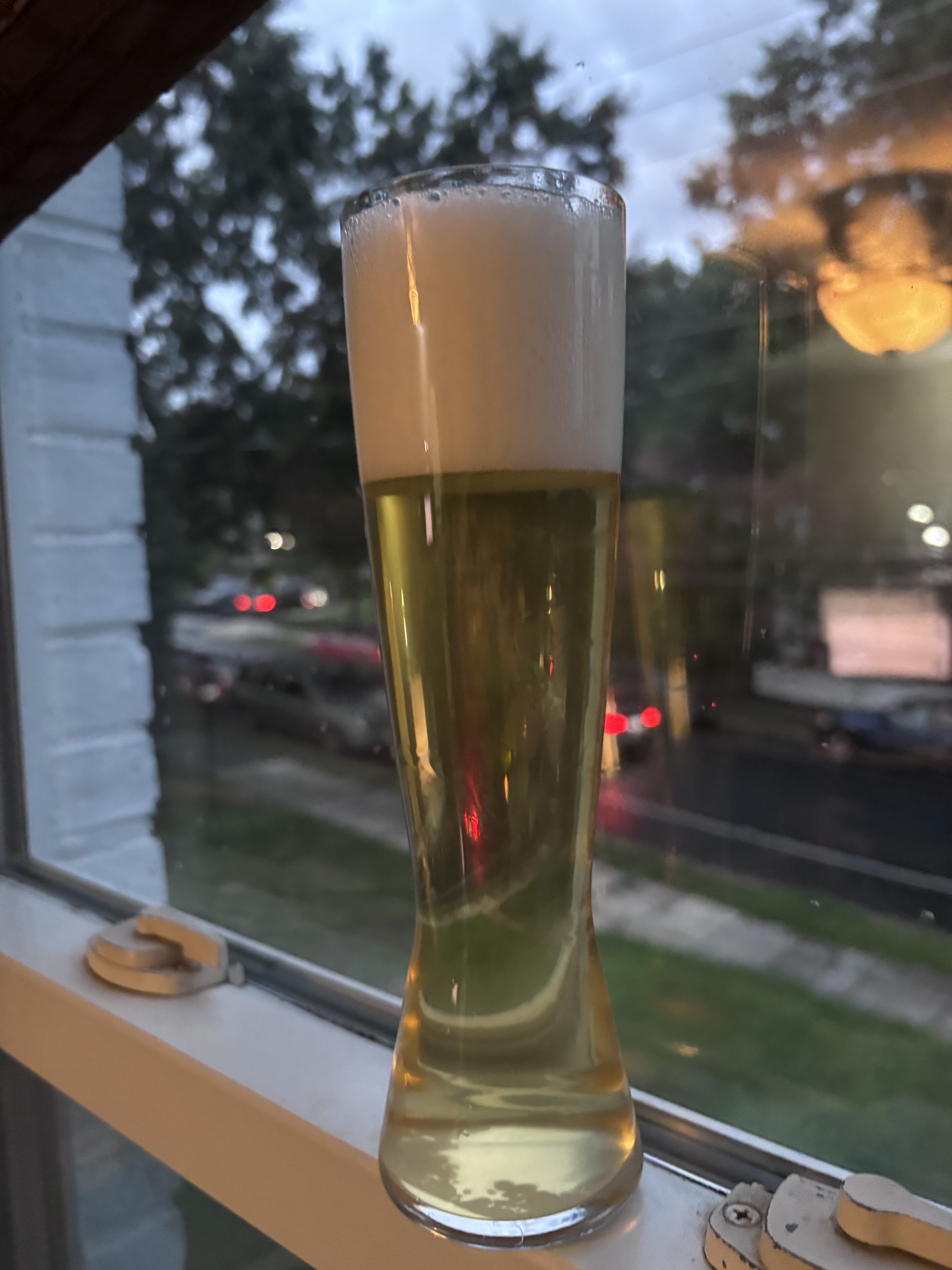
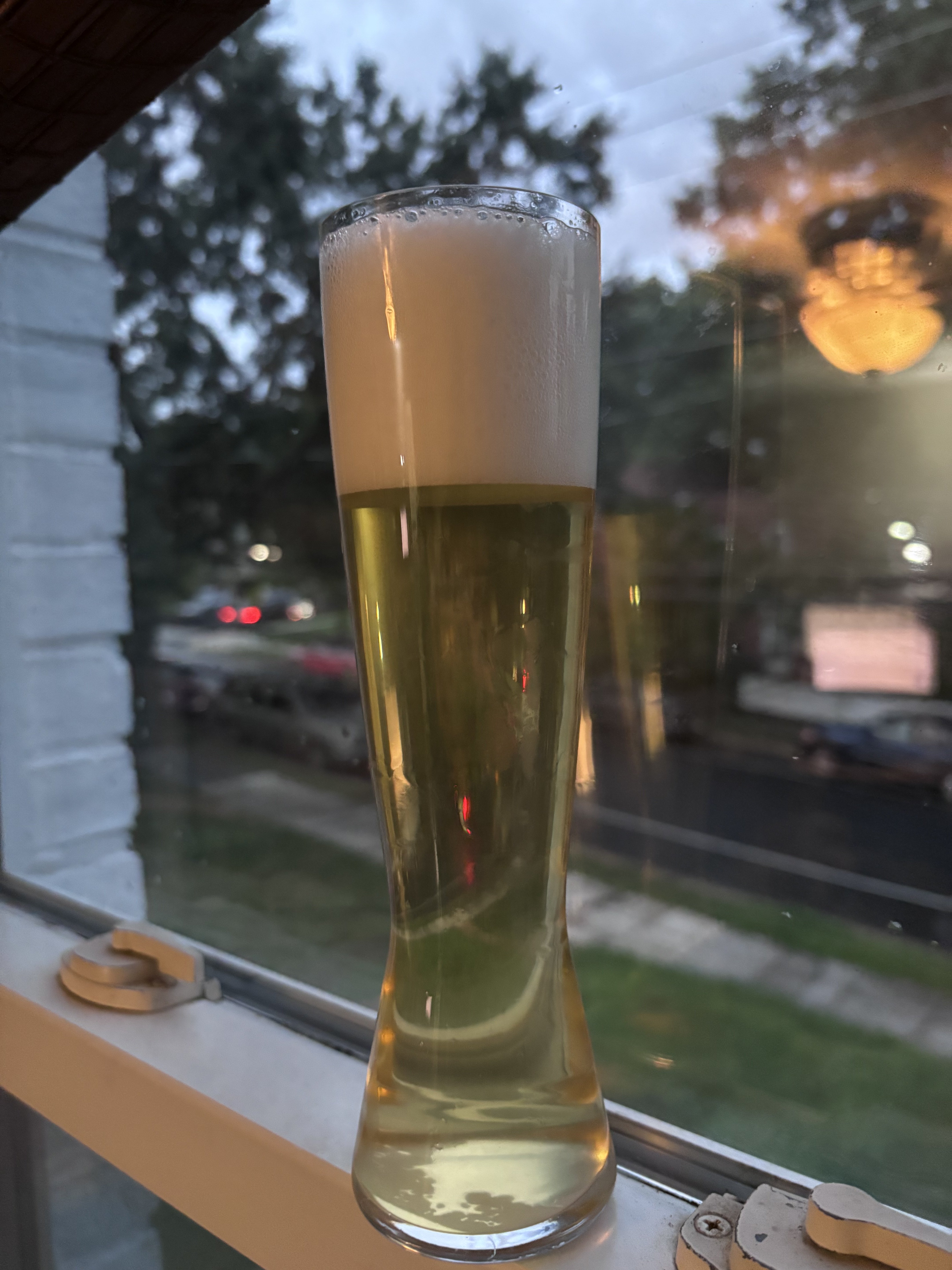
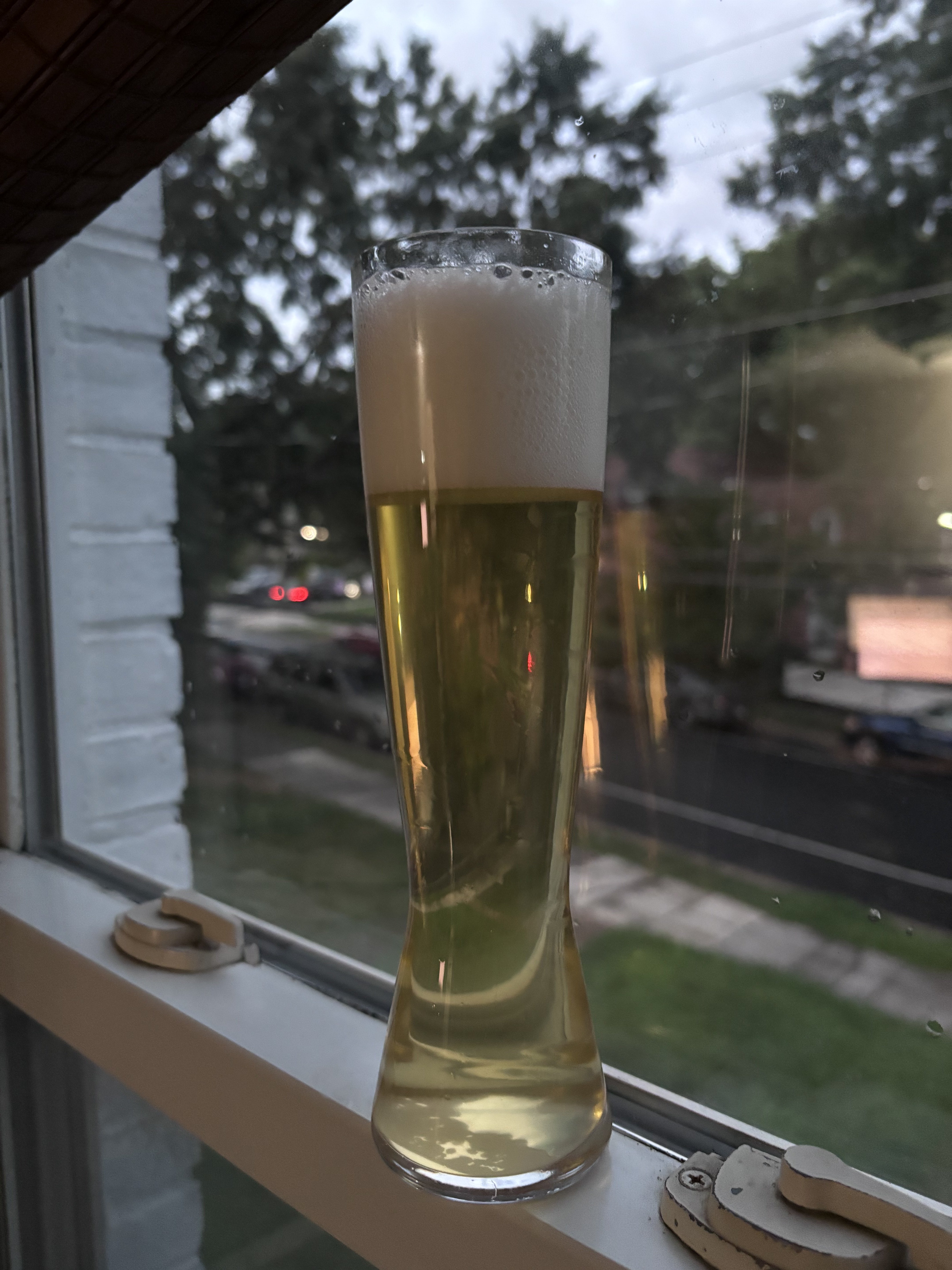
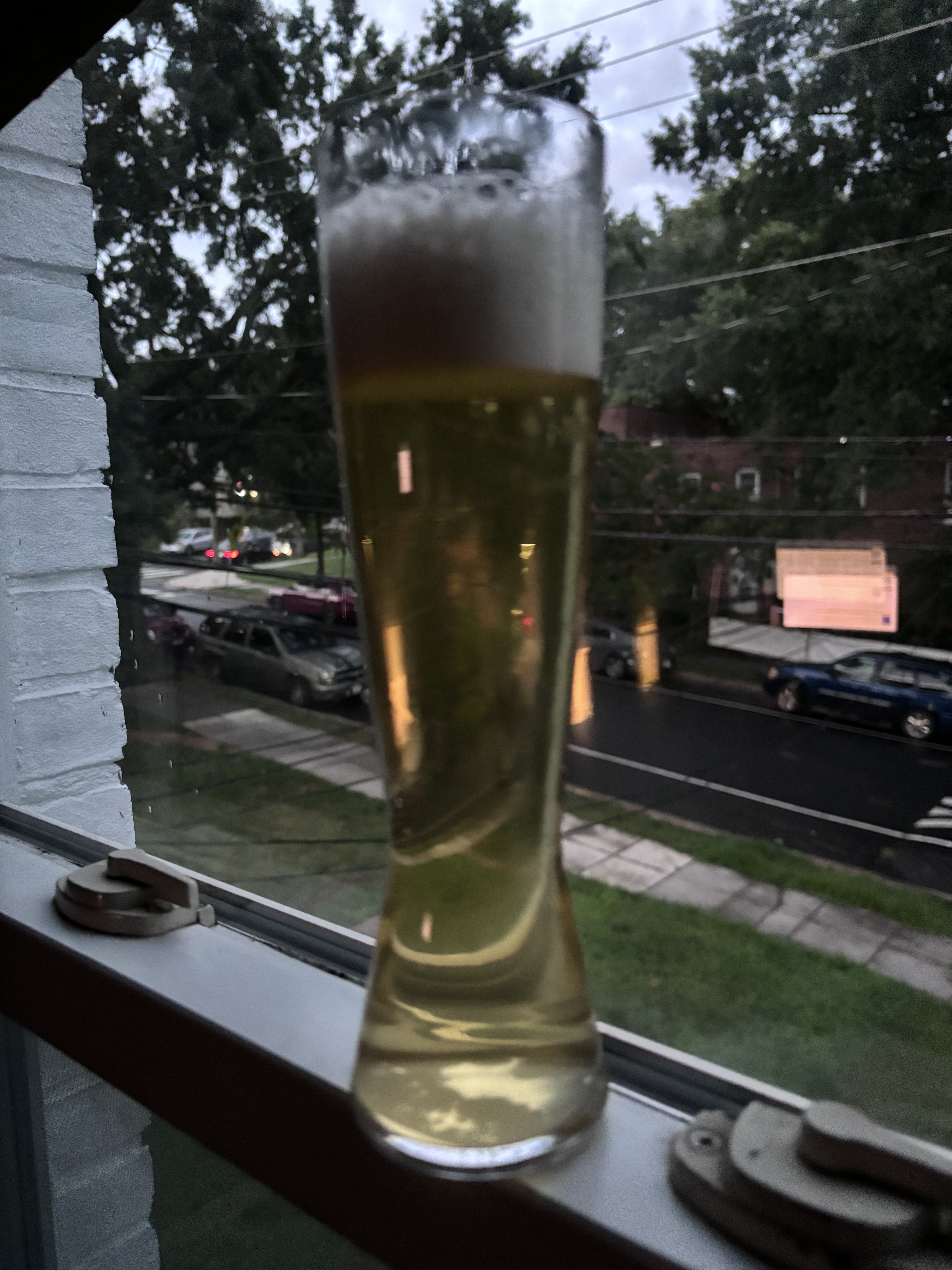
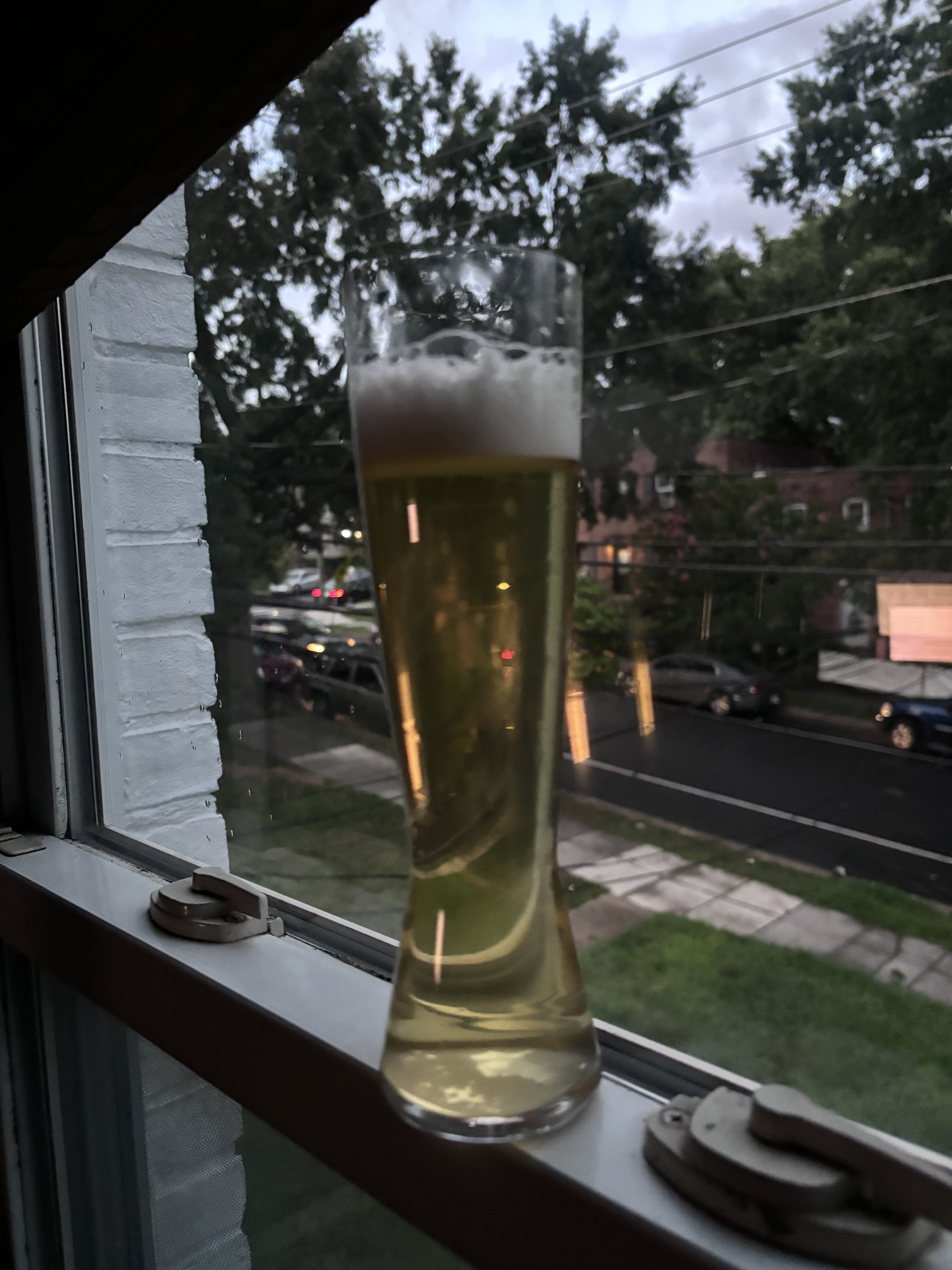
















![Craft A Brew - Safale S-04 Dry Yeast - Fermentis - English Ale Dry Yeast - For English and American Ales and Hard Apple Ciders - Ingredients for Home Brewing - Beer Making Supplies - [1 Pack]](https://m.media-amazon.com/images/I/41fVGNh6JfL._SL500_.jpg)
Do you have links to any peer reviewed research papers, or other authoritative references, that support tannins concentrating in the hot break? I have not heard/read about this previously, and would like to learn more.
Non scooper here. I used to try to filter everything out but now just pour it all in the fermenter. I'm a lazy brewer, so the less to clean the better at the end of my brew day.
Neither of these articles are peer reviewed. The first does not provide any references to support the claim that hot break is tannin rich, nor does it say anything about what causes excessive tannin extraction into the wort. There is also nothing saying that any tannins in the hot break redissolve into the beer during fermentation vs. settling out with the rest of the trub The second article does not even contain the word "tannin." Nothing authoritative in the references provided.https://byo.com/article/wort-boiling-homebrew-science/
"Protein and tannins are the primary constituents of the hot break in the kettle."
https://scottjanish.com/how-to-prevent-dms-in-beer/
"DMS might actually concentrate in the foam"

skimming the foam
conditioned beer wouldn’t raise a head
I've wondered about this for years. Can anyone confirm or deny that skimming hot break lessens head formation/retention? Or that it helps/harms clarity or flavor?that whipped cream head
I've made similar observations and since then didn't remove the foam anymore. Head is much better now.I used to be plagued with boil-overs. I used my stainless steel spoon to stir the foam back into the beginning-to-boil wort and that seemed to work. Sometimes I couldn’t keep up with the foam and I’d have a boil-over anyway. Then I got the bright idea of simply skimming the foam from the kettle to solve my dilemma. I immediately noticed that my finished and conditioned beer wouldn’t raise a head when poured. After a few batches, it dawned on me that whatever was in that foam was the same material that I had relied upon to raise that whipped cream head on my beers that I had taken so much pride in before.
I started to use a mesh strainer to scoop the foam from the top to break it up while trying to push it back into the wort. It works okay but constant attention is required. At least breaking up the foam abates the vicious and messy boil-over problems.
Another technique that works for a number of beers is First Wort Hopping (FWH). I think it lowers the pH of the boil enough to discourage foam from becoming unmanageable.
One good indicator that you’ve had a good hot break is checking the boiling wort after the foam collapses. Spoon out a bit of the wort from the kettle. In a good hot break, you’ll see lots of little flakes in the wort – think egg drop soup. That’s the clumping of albumins (globular proteins), free amino acids, unconverted starch, and fatty acids. All of these contribute to chill haze and beer instability.
Neither of these articles are peer reviewed. The first does not provide any references to support the claim that hot break is tannin rich, nor does it say anything about what causes excessive tannin extraction into the wort. There is also nothing saying that any tannins in the hot break redissolve into the beer during fermentation vs. settling out with the rest of the trub The second article does not even contain the word "tannin." Nothing authoritative in the references provided.
Brew on
"Doesn't "might" pretty much mean the same thing as "might not""?
To share my experience as a low oxygen brewer, the goal is to not have any foop to scoop. As my low oxygen process improves there is a less and less of the stuff to scoop out at the beginning of the boil.
It is definitely a negative material but does it do any harm only during the boil?